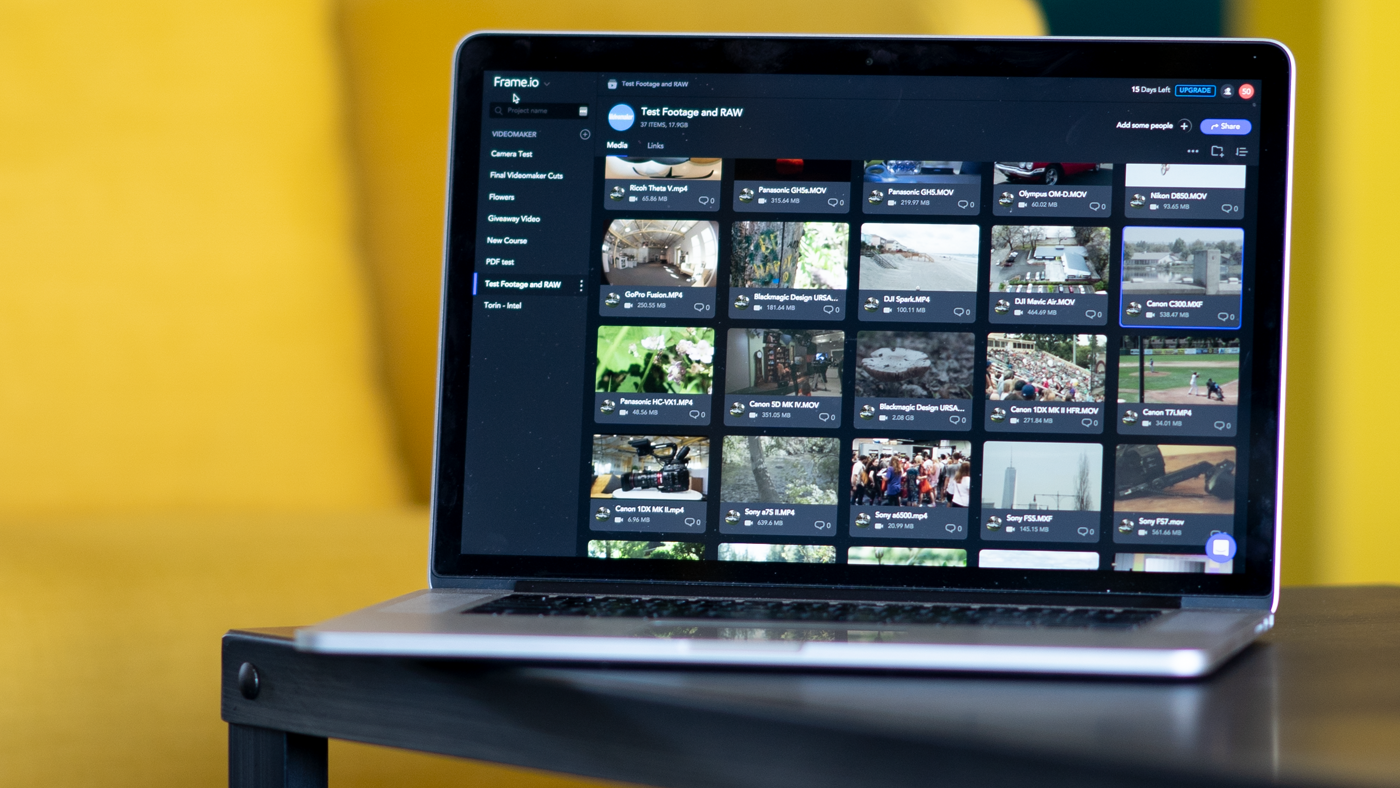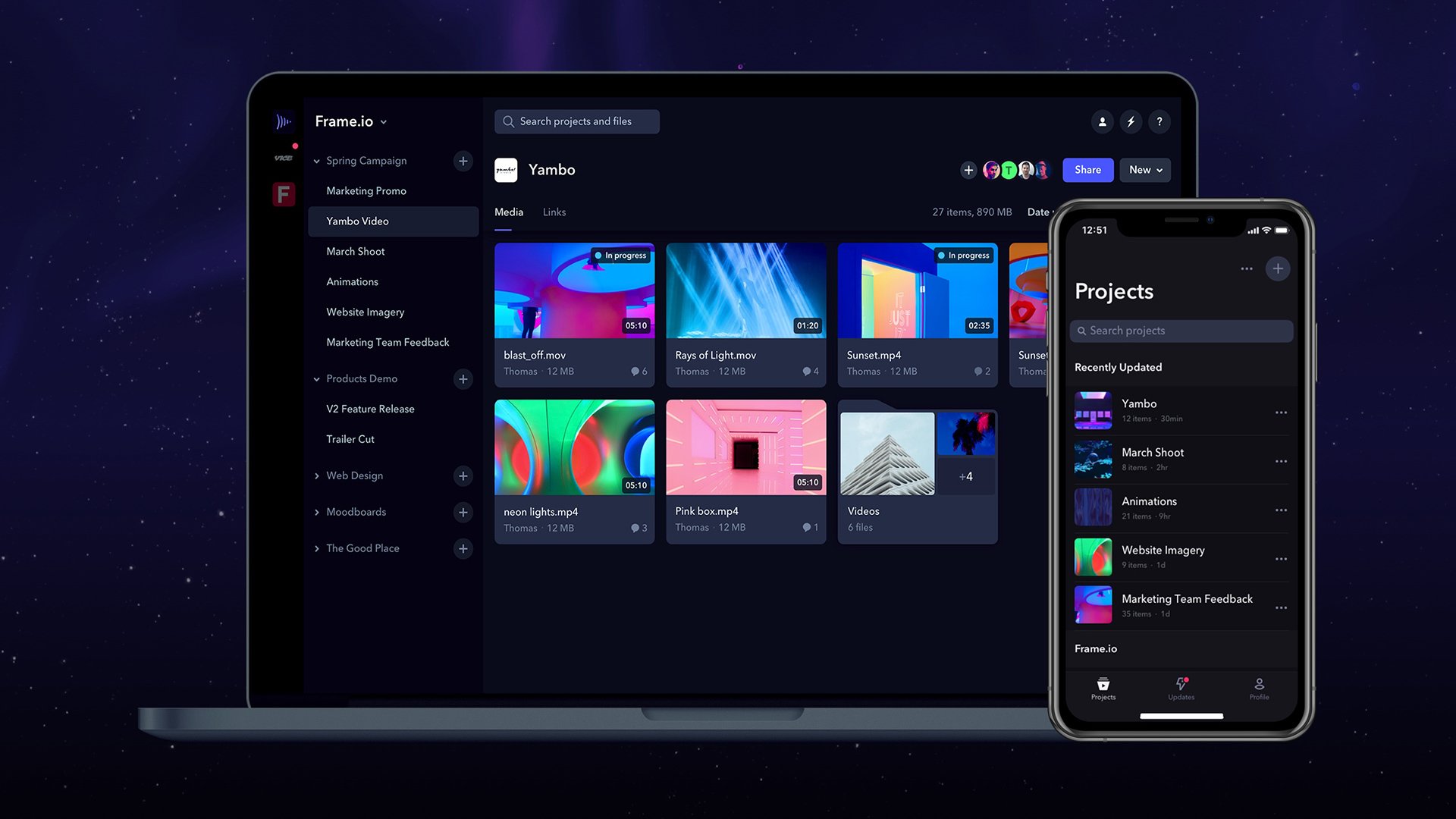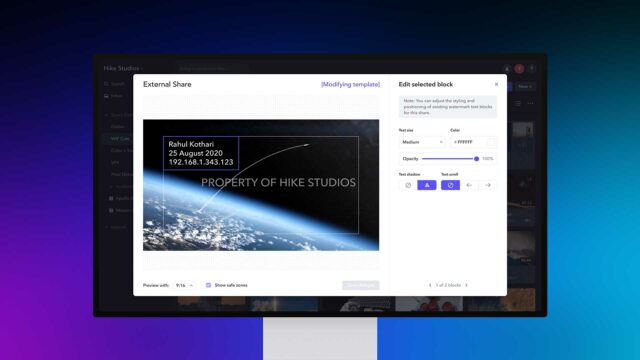
There are a lot of options out there, but I personally use a G-Tech G-Speed Shuttle.
#Frame io transfer app Offline#
To comply with the offline air-gap ruling, an editor will need a local drive to work with. For our air-gap edit, the workflow here starts by uploading your offline media so that it can be downloaded by each editor to work locally. Just like you would in a facility, this type of organizational asset management is all in preparation for efficient offlining between a team of editors. Just like on your local network, you can sort the assets in a number of ways, delete unwanted folders or assets, modify the name of any folder or asset, and move or copy assets to other directories at any point.

I can create new folders, and make them private or public to users in the project.

We’ve started with the directory marked DAILIES. It will populate the assets if they exist, or create empty folders where they don’t. Once I’ve built my folder tree on my local drive, I can drag and drop them into Frame.io, which rebuilds each directory in the cloud and respects your local folder tree arrangements. We can create a template to organize all the different parts of the post process and separate them based on file type, department, or date. I’ve used a project titled The Lost Lederhosen and I’ve made folders that represent different parts of the workflow. So to get going, we can start where things look familiar: on our own computers. When it comes to massive amounts of assets, organization is key. Post houses, assistants, post supervisors, and editors can start by organizing Frame.io the way you want to work-similar to the way you would on a local SAN, direct attached raid, or even a data asset manager. There are numerous ways you can do that, some easy, some complex, but it’s fair to say that simplified uploading is one of the cornerstones on which Frame.io is built.įrame.io behaves like a hyper-secure virtual desktop to which all your assets can be easily migrated, and managed in the cloud. When it comes to remote offline, productions can best prepare for everyone to work from home by uploading key assets to a secure solution in the cloud. The workflow we’ve built for this episode has four editors and four assistants working from home, in tandem, dealing with VFX pulls, preparing for a turnover-and they need to have their actual edit systems air-gapped.

It also means that after downloading, it can be localized to a system running whatever tools you prefer. That’s why we talked about the importance of centralizing media into a secure space so that it can be accessed by your remote teams. That being said, if your production requires an air-gap, you’ll probably be better off exploring Hybrid cloud workflows. It’s a tough topic to talk about, and we don’t have all the answers, but forward progress starts with a conversation…and now is the time. I’m sure you have an opinion on this, and we encourage that. And while there are certainly examples in which vulnerable companies have been legitimately hacked, properly secure use of the cloud will prevent intruders as well as maintain efficiency. We already use the cloud to shuttle our dailies, roughcuts, reviews, and final VFX files. But the question we should be asking is, “Am I using the cloud securely?”Ĭonsider this: the overwhelming majority of cloud breaches are caused by people who were authorized to have footage in the first place. Some air-gap solutions are in place because there is concern over whether the cloud is secure. This topic is important, because some productions require an air-gap solution (the highest security measure in which the NLE itself must not be connected to the internet) a hybrid workflow will be necessary. In episode one, we helped you decide whether a Pure Cloud workflow or Hybrid Cloud workflow is best for you. We’ve used an example cloud-based workflow for this episode, but since yours will differ, please use this as a base on which to customize a workflow to fit your needs. In today’s episode, we’re focusing on some important aspects of cloud asset management as it relates to teams of people that serve as editors, VFX artists, colorists, or even sound teams.
#Frame io transfer app series#
We made this entire series using Frame.io from our homes to show you how you can start working remotely, too. Welcome back for episode two of Workflow From Home, a mini series dedicated to exploring the tools and techniques that help professionals investigate and implement workflows within the cloud.


 0 kommentar(er)
0 kommentar(er)
